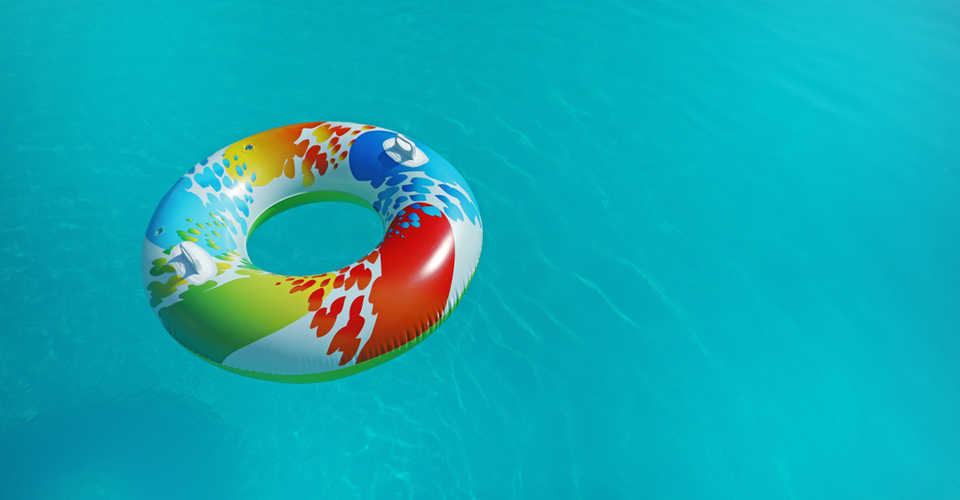There’s been a spike in demand for backyard pools throughout the pandemic as families have stayed close to home for summer fun. Unfortunately, this surge in backyard pool sales has also meant an increase in accidents and potential safety issues.
While backyard pools aren’t a new safety concern, families might not be fully aware of the risks associated with owning a backyard pool.
Here are some water safety tips for your backyard pool.
Backyard pool safety measures
Many cities and states require certain safety measures for in-ground and above-ground swimming pools. But if your area doesn’t have specific laws in place, you should still implement safety measures to keep your backyard pool safe.
Control and restrict access to your backyard pool by:
-
Installing and maintaining barriers that surround all sides of the pool, such as fencing.
-
Using a self-closing and self-latching gate. Ensure the latch is high enough that a young child can’t reach it.
-
Using locks and alarms for windows and doors to alert you when a family member or visitor exits the home. Alarms can also be used to alert you when someone enters the backyard pool area.
-
Removing above-ground pool ladders when they aren’t being used.
Additionally, you should remove all toys and floats from the pool when they aren’t being used. These objects can lure a child into the water.
Other ways to keep your backyard pool safe
When you have constant access to a swimming pool in your backyard, it’s easy to overlook safety concerns that you were once hypervigilant about in the beginning. So, it’s important to review pool rules with family members periodically and ensure you’re practicing backyard pool safety regularly.
-
Never swim alone, even if you’re an adult. More than one person should always be present in case of an emergency.
-
Adults should be actively watching any time a child is using or playing near the backyard pool. During backyard get-togethers, designate an adult to be the pool monitor and rotate responsibilities frequently.
-
Teach your children to stay away from danger zones, such as pool drains and other openings in the pool. Clothing and hair can get stuck in these openings and trap swimmers. Make sure everyone knows how to quickly shut off filters when necessary.
Every backyard pool owner should also create a pool emergency kit that is within easy reach during an emergency. Include a standard first aid kit, scissors to cut hair or clothing, and a floatation device to throw to struggling swimmers. Depending on the location of your backyard pool, consider including an extra phone (e.g. a prepaid device) for contacting emergency services.
Add swim lessons and CPR classes to the top of your list
One of the best ways to prevent backyard pool accidents is to enroll children in swim lesson classes. They’ll learn how to swim, but they’ll also learn to respect the water and to recognize water safety concerns on their own.
You can also take a CPR, AED and First Aid class as a family. You’ll learn important lifesaving skills for a variety of emergencies. Classes are available in-person, remotely and in a hybrid-format. Contact an HSI Training Center to learn about your options!







.png?width=600&name=HSI-CTA-EmergencyCareTraining%20(1).png)











Comments